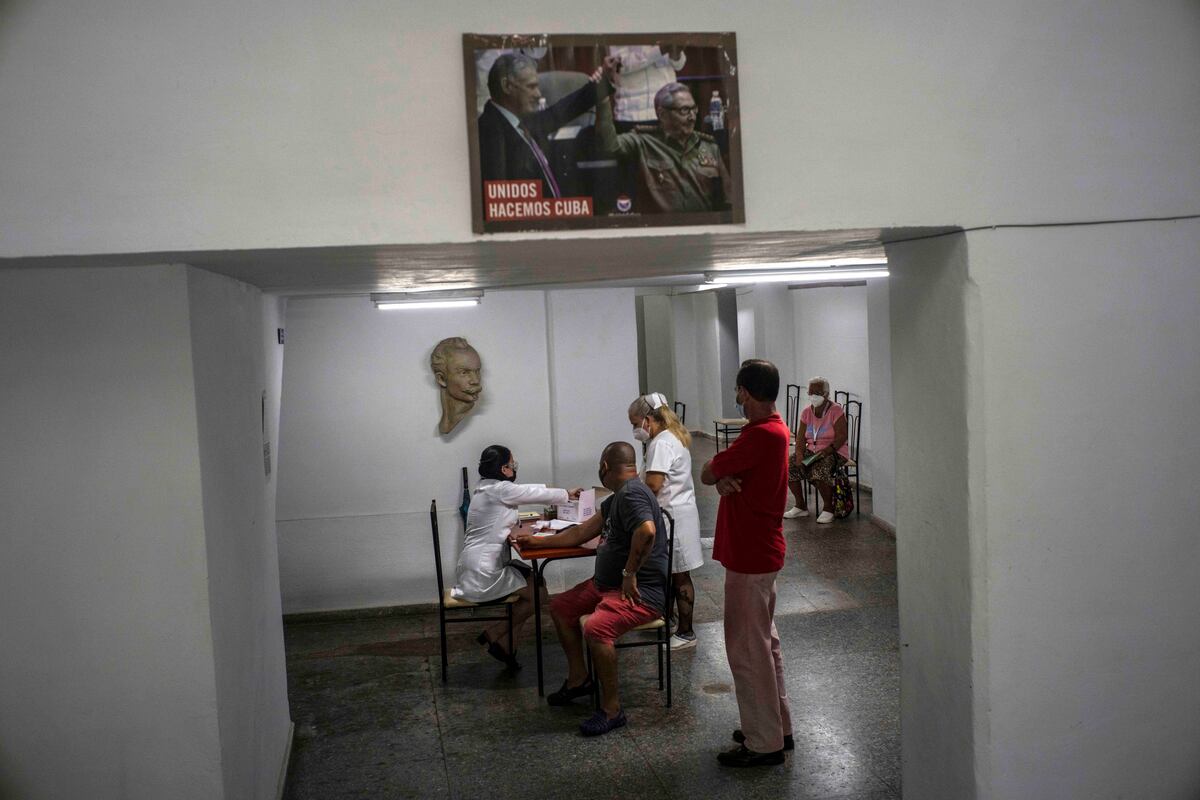
Cuba is preparing to open its borders to international tourism and reactivate its main industry from mid-November, when it predicts that 90% of its population will already be vaccinated and considers that the number of coronavirus infections will begin to remetre. After a year and a half of tourist shutdown due to the pandemic – in the first eight months of this year 163,700 visitors entered the country, 95% less than in the same period of 2019 -, the island needs to mobilize with urgency the sector of the economy that brings more fresh currency to the coffers of the state, at a time when the country is suffering one of the worst crises in its history, with a fall of 11% of GDP l ‘last year.
Cuba
So far the policy towards international tourism has been restrictive, with only three destinations open – Coco fell, Varadero and Havana -, dozens of closed hotels and different requirements to be met by different types of travelers. From the beginning of the year, tourists arriving on the island had to show at their entrance a negative PCR performed 72 hours before the flight – no international vaccination certificate was accepted – and at the airport ls perform a new PCR the result they had to wait for at the hotel.
Now a process of de-escalation begins, culminating on November 15, when all tourist destinations are opened, all excursions, tours and routes are reactivated and entry procedures to the country are facilitated. From this date, the international vaccination certificate will be accepted to enter the island -visitors who are not vaccinated will have to present the negative result of a PCR-, while the hygienic-sanitary protocols will focus on the monitoring of symptomatic patients and the taking of temperature, carrying out diagnostic tests at random, either antigen test or PCR.
Since the first coronavirus cases were detected in the spring of 2020, Cuba has closed its borders and established several measures to prevent the spread of the epidemic, including mandatory quarantine for all travelers, mobility restrictions and curfews. At the expense of sacrificing tourism, the closure was effective for the first eight months, keeping the number of infections in only dozens of cases daily. But earlier this year the epidemiological situation began to escalate, increasing first to hundreds of cases a day and in recent months to thousands – the average now is about 8,000 infections a day – a curve which health authorities believe will begin to decline in the coming weeks as a result of the current mass vaccination campaign.
Havana was committed from the beginning to immunizing its population with its own vaccines. The island currently has three vaccines -Soberana 02, Abdala and Sobirana Plus-, approved by the Cuban regulatory agency this summer and which the health authorities will now submit to the international approval process by the WHO. The Cuban vaccination scheme provides for three doses, and its effectiveness, according to the research centers that have developed the drugs, is 92%, similar to that of Pfizer, Jansen or Moderna.
According to sources from the Ministry of Health, at present about 38% of the 11 million Cubans are already immunized with the three punctures, while more than 42% have two doses and 54.5% a. The purpose is to have 90% of the population vaccinated by November 15, when the high season begins and the country will open up to tourism, removing most of the restrictions in place so far.
It is vitally important for Cuba to reactivate its main industry in these times of crisis and acute lack of liquidity. Prior to the pandemic, tourism contributed more than $ 3 billion to the national economy and about 19% of total revenue from exports of goods and services. Today these figures have plummeted, although the ills of the Cuban tourism sector began before the pandemic. In 2019 the forecast was to receive 4.7 million tourists, but due to sanctions imposed this year by the Trump administration – a ban on cruises, elimination of most direct flights and restrictions on travel by Americans – the number of visitors fell to 4.2 million. In 2020, already in the midst of a pandemic, it barely exceeded one million tourists.
Havana now aims to recover tourist activity and therefore implements a new strategy, which is primarily to make travel on the island easier. In addition to allowing tourists to enter the country only with the international vaccination certificate and to allow their mobility, reactivating all excursions and routes and reopening all spas, new health protocols have been planned to ensure tourism. safer, including administering a booster dose of booster vaccine to all workers in the industry. Cuba has also just authorized the pediatric use of its vaccines -from 2 years of age-, and from November will also eliminate quarantines and restrictions to operate in the private sector, betting on the progressive normalization .
Follow all the international information in Facebook i Twitter, or in our weekly newsletter.